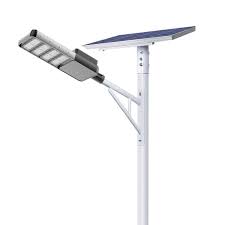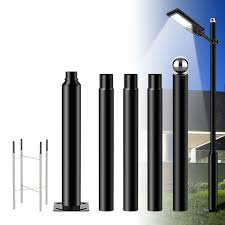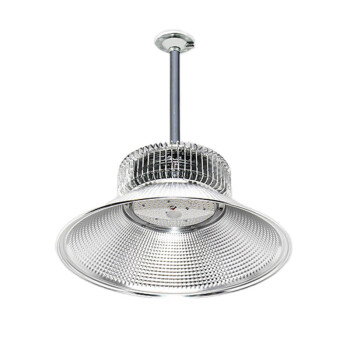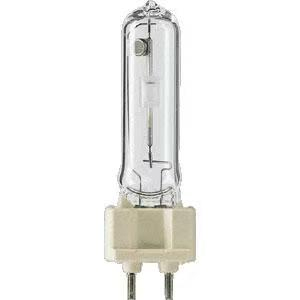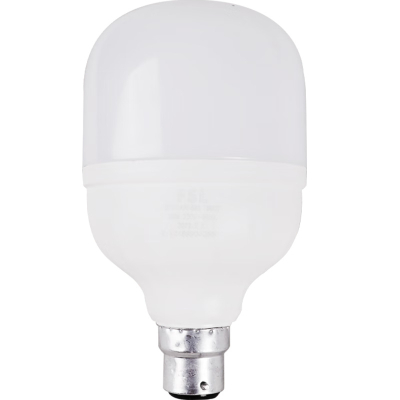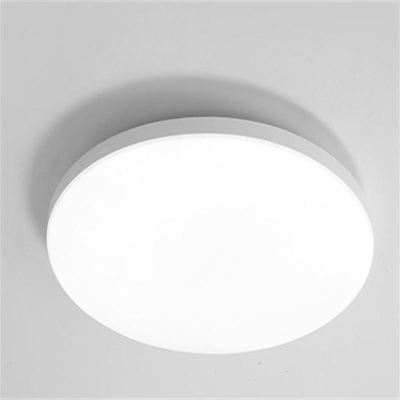Pole Solar Street Light
A pole solar street light is a self - contained lighting system that is mounted on a pole and powered by solar energy. It is designed to provide illumination for streets, roads, parking lots, and other outdoor areas.
A pole solar street light is a self - contained lighting system that is mounted on a pole and powered by solar energy. It is designed to provide illumination for streets, roads, parking lots, and other outdoor areas.
The pole is a crucial part of the structure. It is usually made of metal such as steel or aluminum, which provides strength and stability. The height of the pole can vary depending on the intended application. For example, in a residential area, the pole might be around 3 - 6 meters high to provide adequate lighting for sidewalks and driveways. In a commercial or industrial area, or for major roads, the pole can be as high as 8 - 12 meters to cover a larger area and ensure good visibility for vehicles.
At the top of the pole, there is a solar panel. The solar panel is typically angled to face the sun for optimal sunlight capture. It consists of photovoltaic (PV) cells that convert solar radiation into electrical energy. The type of PV cells can vary, with monocrystalline silicon cells being known for their high - efficiency conversion rates, usually around 15% - 24%. Polcrystalline silicon cells are also commonly used and are more cost - effective, with an efficiency of about 13% - 18%.
Attached to the pole, usually just below the solar panel, is the light fixture. The light source is often an LED (Light - Emitting Diode). LEDs have many advantages such as high energy - efficiency, long - life span (up to 50,000 hours or more), and a wide range of color temperatures. The lumen output of the LED can be adjusted according to the specific lighting requirements. For example, for a well - lit street, an LED with a lumen output of 1000 - 3000 lumens might be used.
Inside the pole or at the base, there is a battery compartment. The battery stores the electricity generated by the solar panel during the day. Commonly used batteries include lead - acid batteries and lithium - ion batteries. Lithium - ion batteries are becoming more popular due to their higher energy density, longer cycle life, and better performance in different temperatures. The battery capacity depends on the power of the light and the desired lighting duration. For instance, a battery with a capacity of 12V, 20Ah can power an LED street light for several hours, depending on the power consumption of the LED.
A controller is also an integral part of the pole solar street light system. It is usually located near the battery or within the light fixture. The controller manages the charging and discharging of the battery. It ensures that the battery is charged properly during the day by regulating the voltage and current from the solar panel. At night, it controls the power supply to the LED light, and it can also have functions like dimming the light during off - peak hours to save energy.
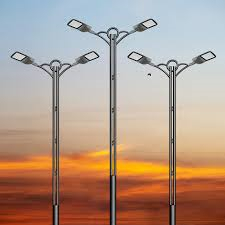
During the day, sunlight strikes the solar panel on the top of the pole. The photovoltaic cells in the panel absorb the photons from the sunlight, which causes electrons to move and generates a direct current (DC) electricity. This DC electricity is then sent to the battery through a wire and the controller. The controller monitors the battery's state of charge and stops the charging process when the battery is full to prevent overcharging.
As the sun sets and the ambient light level decreases, a light sensor, which is often integrated with the controller, detects the change. The controller then switches on the LED light and supplies power from the battery to the light. The electricity is converted from DC to the appropriate voltage and current required by the LED to produce light. The light remains on until the battery's energy is depleted or until the next morning when the solar panel starts re - charging.
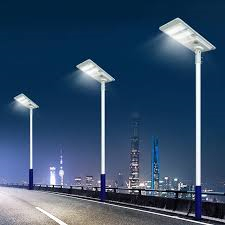
Pole solar street lights use solar energy, which is a renewable energy source. By harnessing the power of the sun, they reduce the need for electricity from the grid, which is often generated from non - renewable sources such as coal or natural gas. This helps in reducing carbon emissions and is beneficial for the environment. Additionally, the energy - efficient LED lights consume less power compared to traditional street lights like high - pressure sodium lamps.
Once installed, pole solar street lights generally require less maintenance. The long - life LED lights and batteries (especially lithium - ion batteries) reduce the frequency of component replacement. There is no need to lay complex electrical cables underground, which reduces the maintenance cost associated with cable damage and other issues. The only regular maintenance might involve cleaning the solar panel to ensure maximum sunlight absorption.
They can be installed in areas where it is difficult or expensive to connect to the power grid. For example, in remote rural areas, along country roads, or in new - developed areas where the power grid infrastructure is not yet fully established. The installation process mainly involves erecting the pole, mounting the solar panel, and connecting the components together. This simplicity makes them a cost - effective option for many outdoor lighting applications.
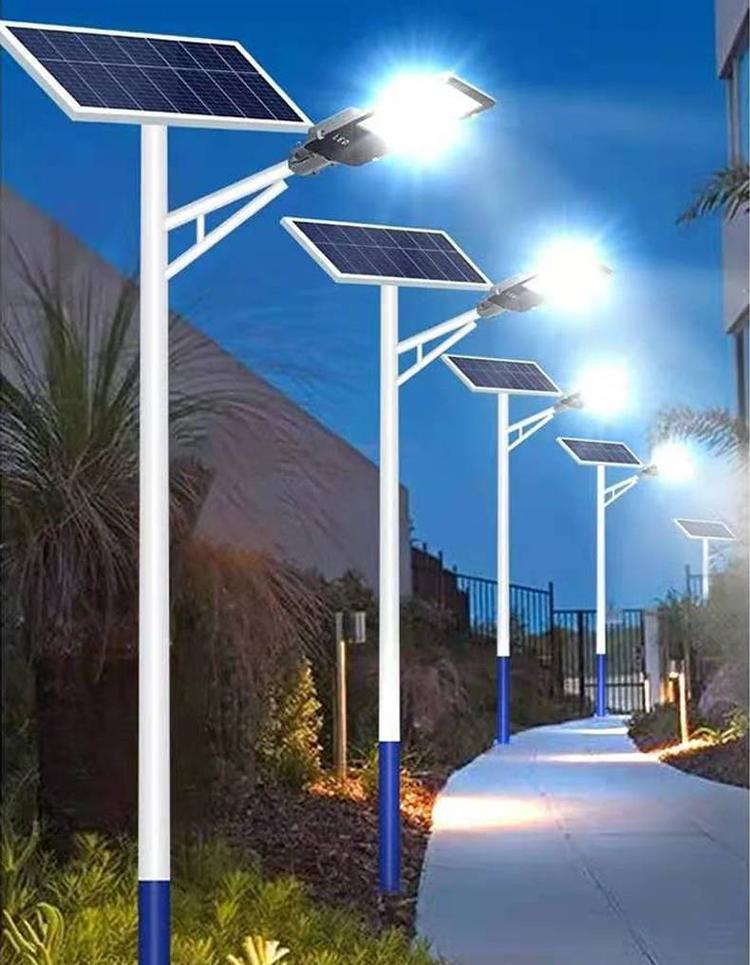
In urban areas, pole solar street lights can be used for secondary roads, residential streets, and parking lots. In rural areas, they are an ideal solution for lighting village roads, paths, and small squares. They improve traffic safety and the quality of life for residents by providing adequate lighting at night.
In industrial parks and logistics areas, these street lights can provide illumination for roads, loading docks, and storage areas. The bright and reliable lighting helps in the smooth operation of vehicles and machinery during night - shift operations.
For parks, gardens, and other recreational areas, pole solar street lights enhance the aesthetic and safety of the environment. They can be used to light walkways, picnic areas, and sports fields, allowing people to enjoy these spaces even after sunset.

